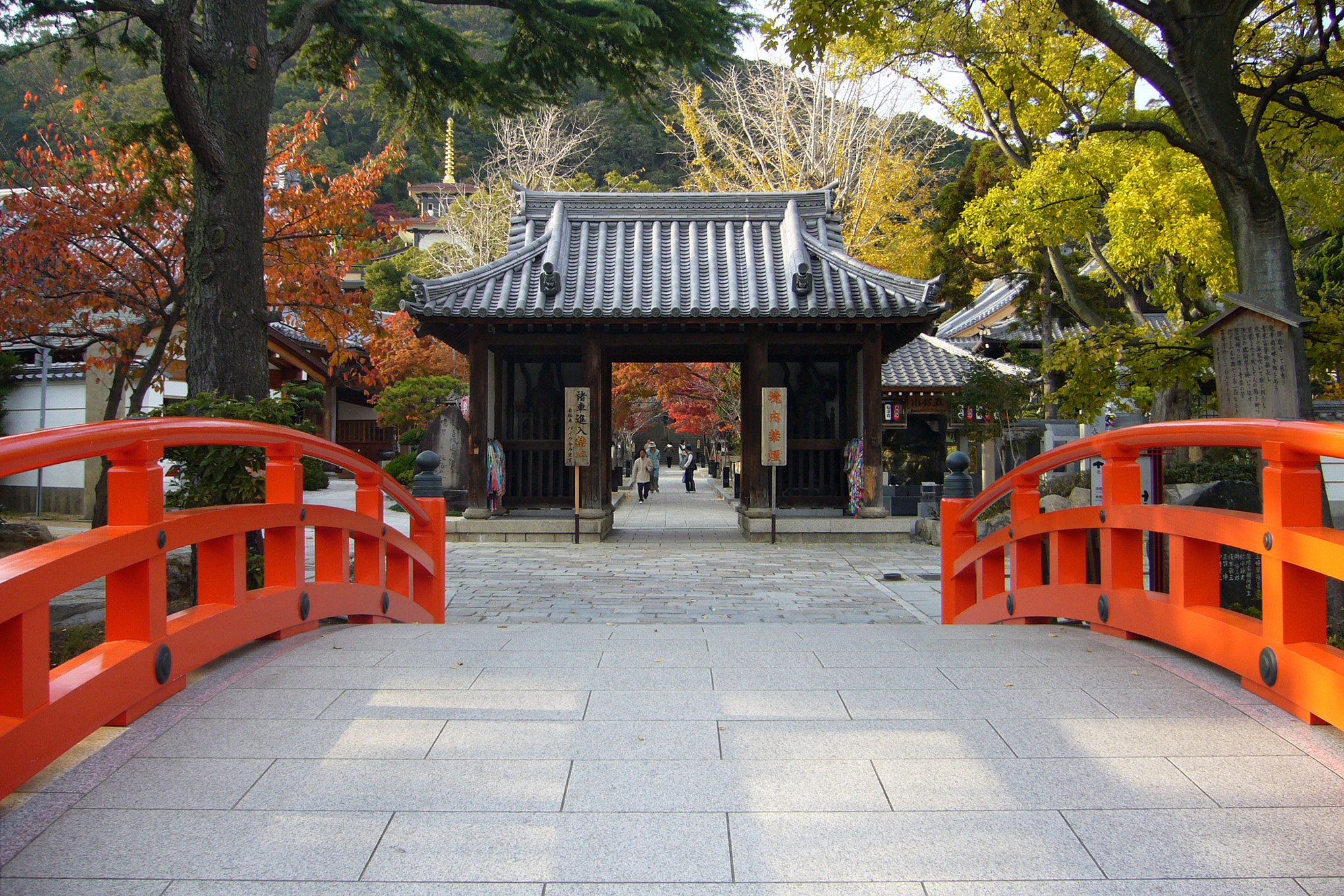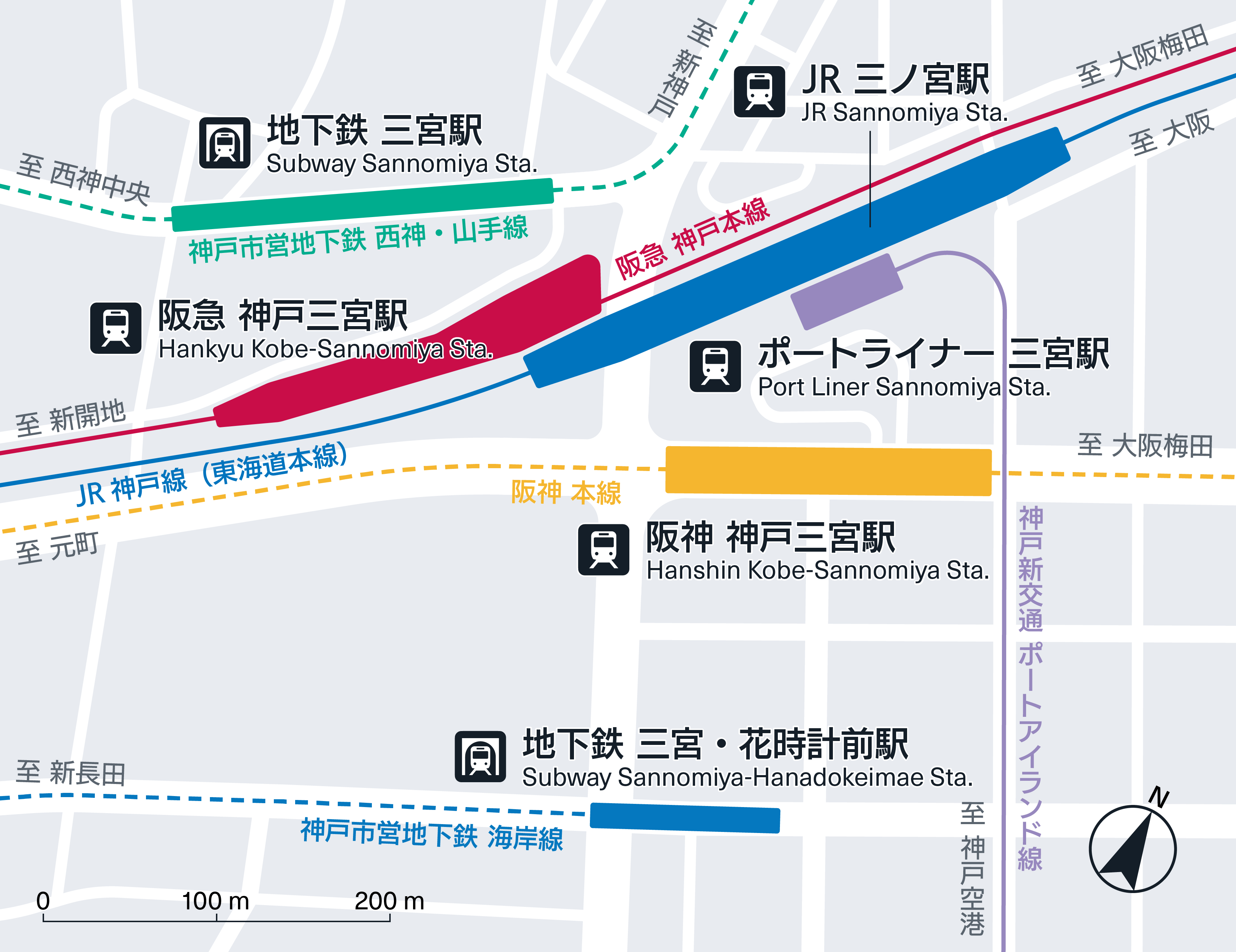|
Myōdani Station
is a railway station in Suma-ku, Kobe, Hyōgo Prefecture, Japan. Around 20,000 passenger ride the subway from this station, the second most on the Seishin-Yamate Line after Sannomiya Station. Myodani station is the most used station in Suma-ku. Lines *Kobe Municipal Subway :*Seishin-Yamate Line The , also known by its nickname of "Midori no U-Line" ( ja, みどりのUライン, lit=The green "U" line), is one of the two lines of the Kobe Municipal Subway. It links the central districts to the east and western suburbs of Kobe. The line ... Station S12 Layout Railway stations in Hyōgo Prefecture Stations of Kobe Municipal Subway Railway stations in Japan opened in 1977 {{Hyōgo-railstation-stub ... [...More Info...] [...Related Items...] OR: [Wikipedia] [Google] [Baidu] |
Kobe Municipal Transportation Bureau
is an agency of the city government of Kobe, Japan that operates municipal subways and city buses. Previously, it also operated city trams. Subway * Kobe Municipal Subway **Seishin-Yamate Line **Kaigan Line **Hokushin Line The is a line of Kobe Municipal Subway connecting Tanigami in Kita-ku, Kobe and Shin-Kobe in Chūō-ku, Kobe. The line has only these two stations. Formerly operated by the third-sector Hokushin Kyuko Railway (a subsidiary of Hankyu railway ... Bus *Kobe City Bus Tram The city tram of Kobe opened in 1910 by a private company and was purchased by the city government in 1917. As of 1952, it operated 35.6 km of tracks. The tram system was totally abolished by 1971. Between 1917 and 1971, the trams operated approximately 600 million kilometers and transported 5.6 billion passengers. References External links * * Intermodal transport authorities in Japan {{Asia-metro-stub ... [...More Info...] [...Related Items...] OR: [Wikipedia] [Google] [Baidu] |
Island Platforms
An island platform (also center platform, centre platform) is a station layout arrangement where a single platform is positioned between two tracks within a railway station, tram stop or transitway interchange. Island platforms are popular on twin-track routes due to pragmatic and cost reasons. They are also useful within larger stations where local and express services for the same direction of travel can be provided from opposite sides of the same platform thereby simplifying transfers between the two tracks. An alternative arrangement is to position side platforms on either side of the tracks. The historical use of island platforms depends greatly upon the location. In the United Kingdom the use of island platforms is relatively common when the railway line is in a cutting or raised on an embankment, as this makes it easier to provide access to the platform without walking across the tracks. Advantages and tradeoffs Island platforms are necessary for any station with many th ... [...More Info...] [...Related Items...] OR: [Wikipedia] [Google] [Baidu] |
Railway Station
Rail transport (also known as train transport) is a means of transport that transfers passengers and goods on wheeled vehicles running on rails, which are incorporated in tracks. In contrast to road transport, where the vehicles run on a prepared flat surface, rail vehicles (rolling stock) are directionally guided by the tracks on which they run. Tracks usually consist of steel rails, installed on sleepers (ties) set in ballast, on which the rolling stock, usually fitted with metal wheels, moves. Other variations are also possible, such as "slab track", in which the rails are fastened to a concrete foundation resting on a prepared subsurface. Rolling stock in a rail transport system generally encounters lower frictional resistance than rubber-tyred road vehicles, so passenger and freight cars (carriages and wagons) can be coupled into longer trains. The operation is carried out by a railway company, providing transport between train stations or freight customer facilit ... [...More Info...] [...Related Items...] OR: [Wikipedia] [Google] [Baidu] |
Suma-ku, Kobe
is one of 9 wards of Kobe, Japan. As of February 1, 2012, it has an area of 30.0 km², and a population of 166,324, with 71,745 households. There is a white sandy beach in this ward, which attracts tourists to the Kansai region for sun bathing and popular events during the summer season. The beach is also a location in the Japanese literary classics ''Ise Monogatari, '' Genji Monogatari'', and ''Heike Monogatari''. Suma is often referred as an ''utamakura'' or ''meisho'', and is mentioned frequently in ''waka'', and in Noh, Kabuki and Bunraku dramas. Nowadays, people mainly live in Myodani, Myohoji and other northern parts of the ward. Myōdani Station is a major station in western Kobe. Places of interest * Suma Rikyu Park * Suma Public Aquarium Notable people * Shintaro Ishihara - Governor of Tokyo * Yone Suzuki - businesswoman, lived in Suma-ku before 1927 * Nobu Jo - social worker, founder of a suicide prevention campaign in Suma See also * Japanese cruiser ... [...More Info...] [...Related Items...] OR: [Wikipedia] [Google] [Baidu] |
Kobe
Kobe ( , ; officially , ) is the capital city of Hyōgo Prefecture Japan. With a population around 1.5 million, Kobe is Japan's seventh-largest city and the third-largest port city after Tokyo and Yokohama. It is located in Kansai region, which makes up the southern side of the main island of Honshū, on the north shore of Osaka Bay. It is part of the Keihanshin metropolitan area along with Osaka and Kyoto. The Kobe city centre is located about west of Osaka and southwest of Kyoto. The earliest written records regarding the region come from the '' Nihon Shoki'', which describes the founding of the Ikuta Shrine by Empress Jingū in AD 201.Ikuta Shrine official website – "History of Ikuta Shrine" (Japanese) [...More Info...] [...Related Items...] OR: [Wikipedia] [Google] [Baidu] |
Hyōgo Prefecture
is a prefecture of Japan located in the Kansai region of Honshu. Hyōgo Prefecture has a population of 5,469,762 () and has a geographic area of . Hyōgo Prefecture borders Kyoto Prefecture to the east, Osaka Prefecture to the southeast, and Okayama Prefecture and Tottori Prefecture to the west. Kōbe is the capital and largest city of Hyōgo Prefecture, and the seventh-largest city in Japan, with other major cities including Himeji, Nishinomiya, and Amagasaki. Hyōgo Prefecture's mainland stretches from the Sea of Japan to the Seto Inland Sea, where Awaji Island and a small archipelago of islands belonging to the prefecture are located. Hyōgo Prefecture is a major economic center, transportation hub, and tourist destination in western Japan, with 20% of the prefecture's land area designated as Natural Parks. Hyōgo Prefecture forms part of the Keihanshin metropolitan area, the second-most-populated urban region in Japan after the Greater Tokyo area and one of the w ... [...More Info...] [...Related Items...] OR: [Wikipedia] [Google] [Baidu] |
Japan
Japan ( ja, 日本, or , and formally , ''Nihonkoku'') is an island country in East Asia. It is situated in the northwest Pacific Ocean, and is bordered on the west by the Sea of Japan, while extending from the Sea of Okhotsk in the north toward the East China Sea, Philippine Sea, and Taiwan in the south. Japan is a part of the Ring of Fire, and spans Japanese archipelago, an archipelago of List of islands of Japan, 6852 islands covering ; the five main islands are Hokkaido, Honshu (the "mainland"), Shikoku, Kyushu, and Okinawa Island, Okinawa. Tokyo is the Capital of Japan, nation's capital and largest city, followed by Yokohama, Osaka, Nagoya, Sapporo, Fukuoka, Kobe, and Kyoto. Japan is the List of countries and dependencies by population, eleventh most populous country in the world, as well as one of the List of countries and dependencies by population density, most densely populated and Urbanization by country, urbanized. About three-fourths of Geography of Japan, the c ... [...More Info...] [...Related Items...] OR: [Wikipedia] [Google] [Baidu] |
Seishin-Yamate Line
The , also known by its nickname of "Midori no U-Line" ( ja, みどりのUライン, lit=The green "U" line), is one of the two lines of the Kobe Municipal Subway. It links the central districts to the east and western suburbs of Kobe. The line color is green. Service pattern The line has a reciprocal through service with the Hokushin Line (formerly the Hokushin Kyukuo Electric Railway); all trains run between either or and , stopping at every station. During rush hours, additional trains run between Shin-Kobe and . History On 15 October 1971, a railway license was issued to the Kobe Municipal Transportation Bureau to build a subway line linking the Myōdani district to the Shin-Kobe Shinkansen station; construction on the first segment of that line began on 25 November of that year. The first segment of the subway (between Shin-Nagata and Myodani, known as the Seishin Line) opened on 13 March 1977; a second segment of the line (between Shin-Nagata and Okurayama, known as ... [...More Info...] [...Related Items...] OR: [Wikipedia] [Google] [Baidu] |
Sannomiya Station
, or simply , is located in the heart of Kobe, Japan. This station is the main railway terminal of Kobe. Lines Sannomiya is served by the following railway lines and stations: *Hanshin Electric Railway (Hanshin Main Line, Main Line) - Kobe-Sannomiya Station (Hanshin) *Hankyu Railway (Hankyu Kobe Line, Kobe Line, Tozai Line (Kobe), Kobe Kosoku Line) - Kobe-Sannomiya Station (Hankyu) *Kobe New Transit (Port Island Line, K01) - Sannomiya Station *Kobe Municipal Subway (Seishin-Yamate Line, S03) - Sannomiya Station *Kobe Municipal Subway (Kaigan Line, S03) - Sannomiya-Hanadokeimae Station (''see Sannomiya Hanadokeimae Station, separate article'') *JR West - Sannomiya Station (JR West), Sannomiya Station (''see Sannomiya Station (JR West), separate article'') Hanshin Railway Main Line Overview The current station opened as Kobe Station on 12 April 1905. The station would undergo several name changes until the current name was introduced in 2013 along with the station numb ... [...More Info...] [...Related Items...] OR: [Wikipedia] [Google] [Baidu] |
Kobe Municipal Subway
The is a rapid transit system in Kobe, Hyōgo Prefecture, Japan. Like other large Japanese cities, Kobe's subway system is heavily complemented by suburban rail. In addition, two people mover lines also serve the Kobe area: the Port Island Line and the Rokko Island Line. History Construction of the first line of the subway system, the Seishin Line, began on November 25, 1971. The line opened on March 13, 1977, running for between Myōdani and Shin-Nagata stations. A second line, the Yamate Line, opened on June 17, 1983, running for between Shin-Nagata and Ōkurayama stations. On June 18, 1985, the Yamate Line was extended to Shin-Kobe and the Seishin Line was extended to Gakuen-toshi. When the final stage of the Seishin Line, an extension to Seishin-Chuo, opened on March 18, 1987, the Seishin Line and the Yamate Line were merged into the Seishin-Yamate Line. The Hokushin Kyūkō Electric Railway opened the Hokushin Line extension between Shin-Kobe and Tanigami on Apr ... [...More Info...] [...Related Items...] OR: [Wikipedia] [Google] [Baidu] |
Railway Stations In Hyōgo Prefecture
Rail transport (also known as train transport) is a means of transport that transfers passengers and goods on wheeled vehicles running on rails, which are incorporated in tracks. In contrast to road transport, where the vehicles run on a prepared flat surface, rail vehicles (rolling stock) are directionally guided by the tracks on which they run. Tracks usually consist of steel rails, installed on sleepers (ties) set in ballast, on which the rolling stock, usually fitted with metal wheels, moves. Other variations are also possible, such as "slab track", in which the rails are fastened to a concrete foundation resting on a prepared subsurface. Rolling stock in a rail transport system generally encounters lower frictional resistance than rubber-tyred road vehicles, so passenger and freight cars (carriages and wagons) can be coupled into longer trains. The operation is carried out by a railway company, providing transport between train stations or freight customer facilit ... [...More Info...] [...Related Items...] OR: [Wikipedia] [Google] [Baidu] |







